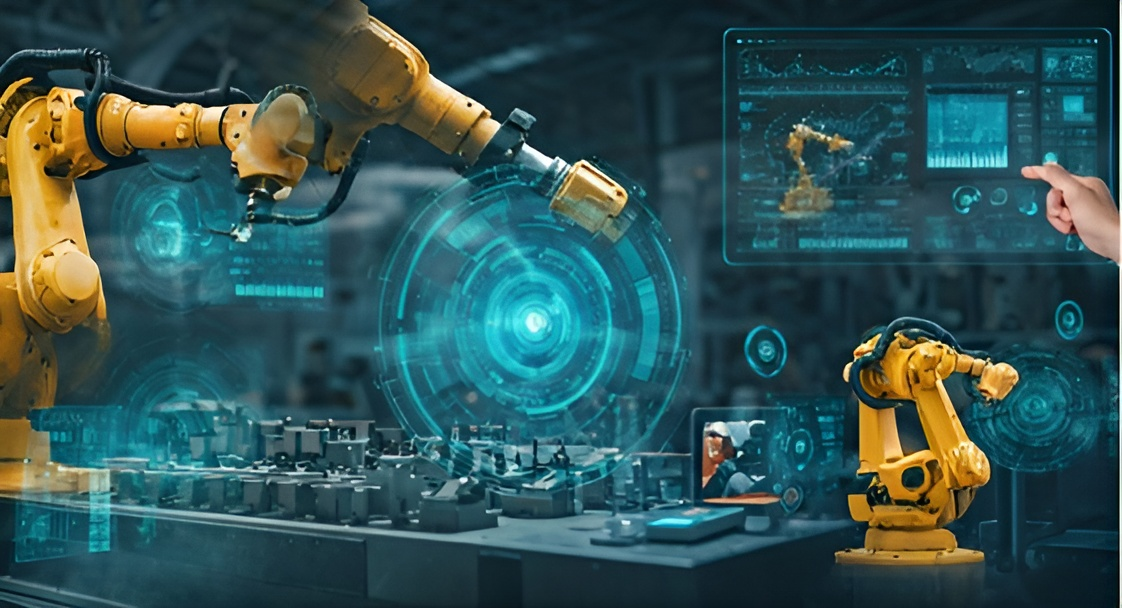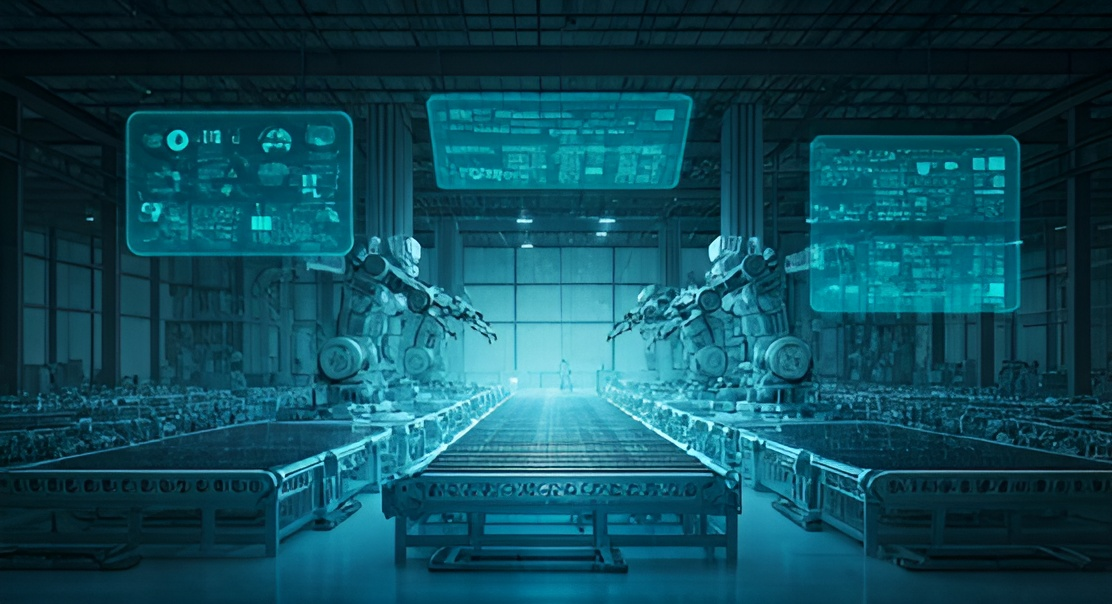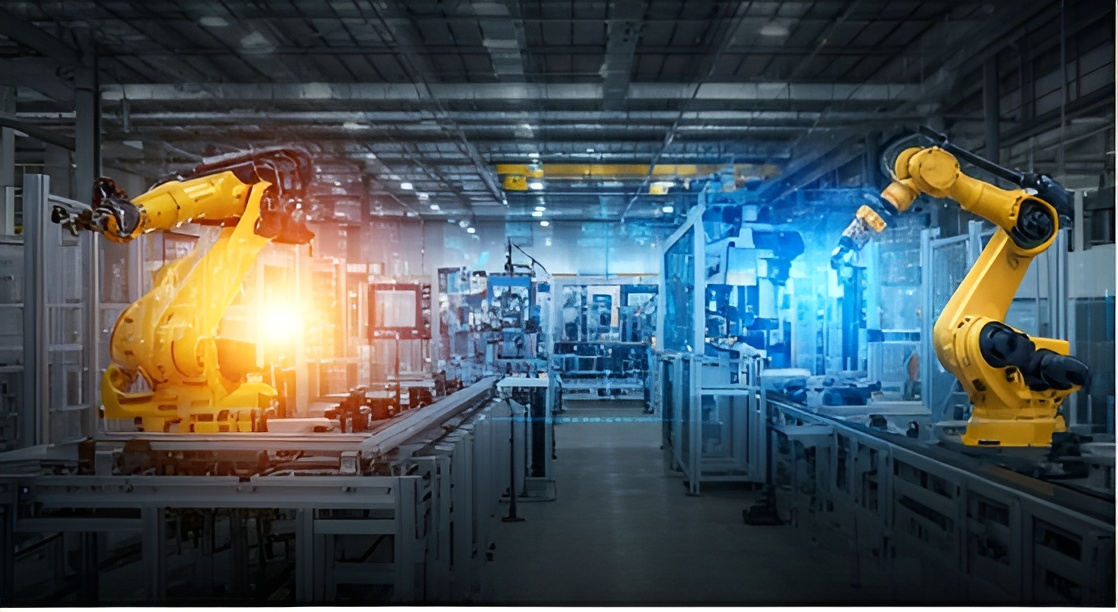Understanding the Impact of Automatic Manufacturing Today
Understanding the Impact of Automatic Manufacturing Today
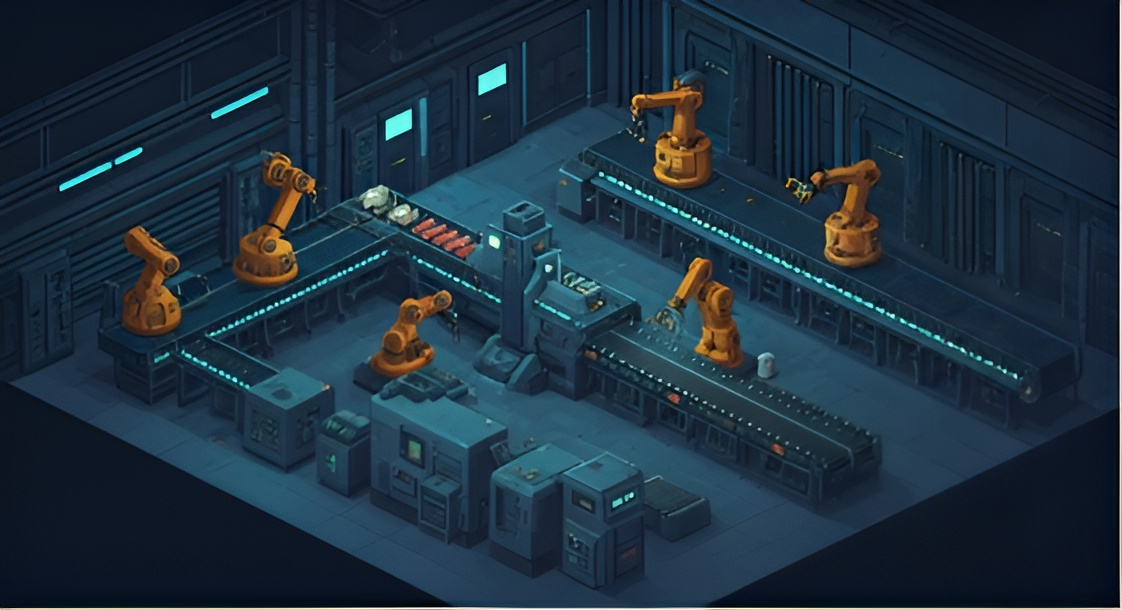
Key Highlights
- Automatic manufacturing enhances the manufacturing process using advanced industrial automation technologies.
- With robotics, AI, and smart sensors, it boosts product quality while reducing the need for human intervention on production lines.
- Businesses benefit from higher productivity, lower labor costs, and greater consistency.
- Digital transformation in manufacturing drives data-driven efficiency and ongoing improvements within production systems.
- Different types of automation, such as programmable and flexible automation, offer adaptability for varied production needs.
- Industries like automotive and aerospace flourish with increased innovation and streamlined operations.
Introduction
Automatic manufacturing is changing the way people do the manufacturing process today. It uses industrial automation, where machines and systems do jobs that people used to do by hand. This new way helps businesses speed up the production line, lower mistakes, and improve how well things work. When you want to make your product quality better or get your production line to run faster, automatic manufacturing can help your business stay ahead in the modern manufacturing world. To hold your spot in this fast-moving field, you need to know the main parts of automation.
Exploring the Future of Automatic Manufacturing Today
The Evolution of Automatic Manufacturing
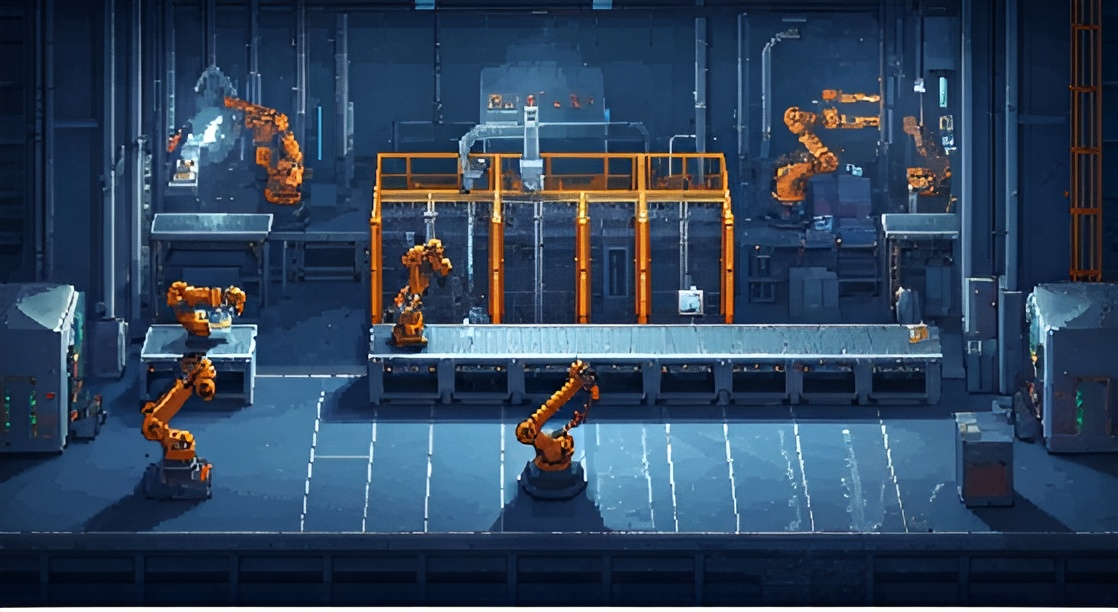
Automatic manufacturing has changed a lot in recent years. The types of automation have gone from simple manual processes to powerful automated manufacturing systems. At first, these systems were built to help with small, repetitive jobs. But now they use advanced control systems and artificial intelligence to make things run even better.
The way we see precision, efficiency, and adaptability in automatic manufacturing has also changed. Knowing about this journey will help you understand why automated manufacturing systems are so important. It also shows the big moments and new ideas that have shaped them over time. Keep reading as we look more into the origins and growth of these systems.
From Manual Processes to Automation
Manufacturing used to depend a lot on manual processes. People worked on the production line and did most of the jobs by hand. This way worked for a long time. But it cost more money. There was also a higher risk of human error. If someone had to put together many different parts or keep everything the same in the production line, they could make mistakes. Manual work would often show its limits when you needed speed or the same results every time.
The use of automation technology changed the manufacturing process. A lot of tasks that needed people to check every step now could be done with machines. These machines are fast and precise. They make the production line more flexible. Workers do not have to do the same boring tasks over and over again. With automation, there is less space for human error.
When factories added robotics and sensors, the modern manufacturing process got even better. Manufacturing plants can now use robotic arms to do assembly jobs. This lets them get more done with less mistakes. They can make a lot of products and still keep all of them the same every time. The switch from manual processes to using automation technology and robotic arms changed the way manufacturing works. Today, automation is a big part of the modern production line and the manufacturing plants. It makes everything work better and faster all around.
Key Milestones in Automated Manufacturing History
Looking at how automated manufacturing has changed over time, you can see some big moments. It started with early machines. Now there are advanced and smart manufacturing plants that use the latest technology. Here is a table that shows important events in this journey:
| Milestone | Description |
|---|---|
| Early 1900s | General Motors brings in machines for their production lines. This changes how cars are put together. |
| 1952 | Numerical Control (NC) comes out. This is the start of making things with computer-based tools. |
| 1980s | Robots start doing very accurate jobs like welding in high-tech factories. |
| Fourth Industrial Revolution (2010+) | IoT, AI, and smart sensors get added. Now, there are fully connected and data-driven manufacturing plants. |
These moments in industrial automation show how each one helped change the way people work in production. Now, manufacturing plants from General Motors to many others are smarter thanks to things like numerical control and the fourth industrial revolution.
Core Technologies Powering Automatic Manufacturing
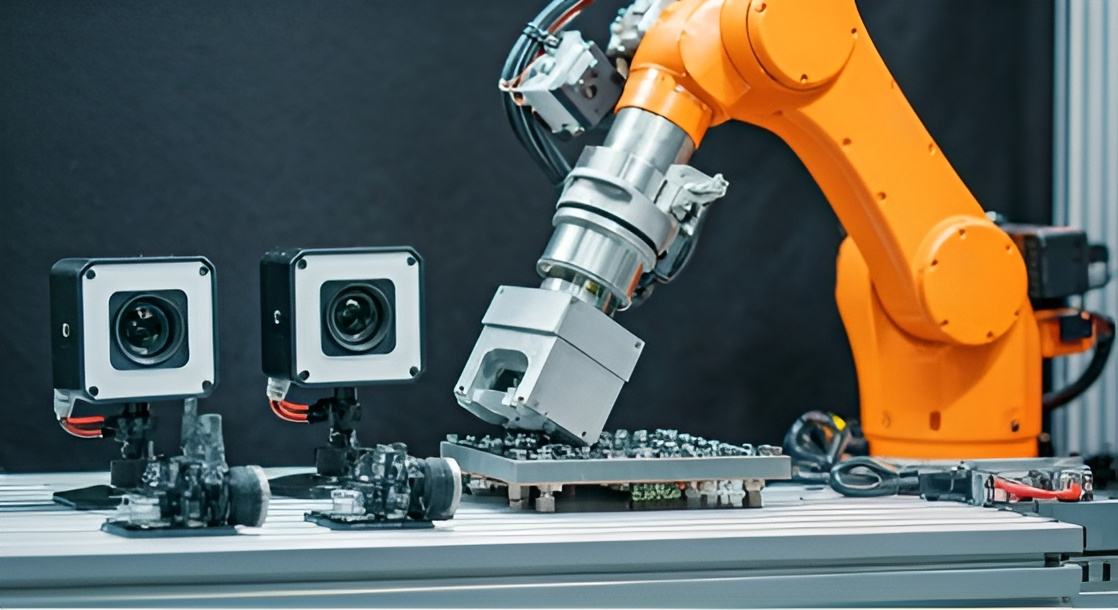
The heart of automatic manufacturing is built on important tools like industrial robots, smart systems, and new industrial robots. Automation technology uses things like robotic arms in the factory and smart control systems. These tools help people see just how much can change in manufacturing.
These ideas do more than just help make things faster. They also change the way the supply chain works. When you look at the role of robotics, AI, and IoT, you see how these new ideas shape how people do manufacturing right now.
Robotics and Machine Vision Systems
Industrial robots are changing how modern manufacturing works. Tools like robotic arms and machine vision systems can handle jobs that are boring, slow, or repeat over and over. They can help with everything from putting things together to packing. This boosts how fast things get done and helps make products the same every time.
Robotic arms, for example, are used in car factories for putting together parts. When these arms work with machine vision systems, they can check products for problems right as things are being made. This use of industrial automation cuts out human error and makes the work go faster.
Also, using robots gives different industries a big advantage. When robotics and machine vision work together, companies in places like aerospace and pharmaceuticals can keep up with strict rules, deliver higher product quality, and stay ahead in their field. Industrial robots are making a big impact, shaping what’s next for industrial automation and modern manufacturing.
Industrial Internet of Things (IIoT)
Using the Industrial Internet of Things (IIoT) is changing the way the manufacturing process works, especially when we talk about industrial automation. When you connect machines and devices, IIoT helps collect data and lets you watch the production lines in real-time. This makes it easier to see what’s going on and helps bring down labor costs. It also lowers the risk of human error. At the same time, having better data lets you spot trouble early so you can fix machines before they break, thanks to new ways to look at data.
There is a good example in General Motors. They use IIoT to improve their assembly process. Their work shows how the internet of things can raise product quality and boost production speed during this fourth industrial revolution. By using IIoT, they show everyone how to get better results with fewer mistakes and more time saved.
Artificial Intelligence and Smart Sensors
Artificial intelligence and smart sensors are changing how people work in manufacturing. These tools help by checking what is happening in real time so companies can stop problems and work better.
For example, artificial intelligence can look at what goes on in the supply chain. It finds where things do not go well. Using this data, a company can plan better and do their work with more accuracy. Smart sensors also look out for safety and make sure things that should not happen get caught during production so the quality stays high.
When you use both artificial intelligence and smart sensors, you get the advantage of data analytics. This can help a business make everything run smoother, making new standards in how things are done.

